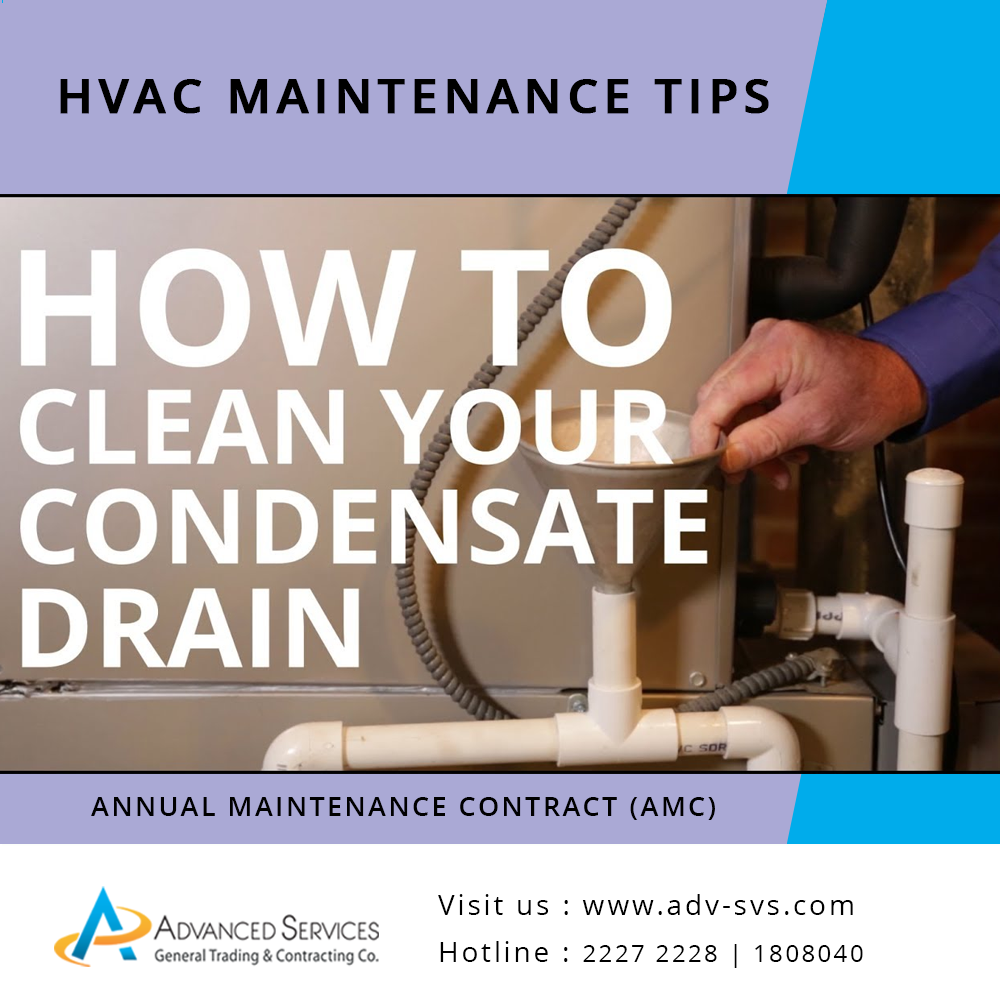Improper handling of HVAC system condensate is among the most reported system defects. Condensate drain problems can lead to leaks into the building, costly damage, or even to total HVAC or heat pump system shutdown.

Possibly you see lots of condensate leaks and related problems in HVAC because these defects can be observed easily. The defects can happen because the HVAC installers do not follow basic plumbing and building code requirements for handling the discharge of the condensate produced when an air conditioning system is operating.
During summer the cooling system will be working heavily to keep the environment. The cooling process creates condensation – normally, this leaves through your system and home without any problems. Sometimes, problems with the condensate drain line or drip pan may cause water to go into your home/office or HVAC equipment.
Identifying Condensation Issues
If you see water on the floor near your air handling unit, it indicates the sign that there is a problem with your cooling system’s condensation drain lines. The system will have a drip pan, which is usually located at the bottom of the unit. This drip pan connects to the condensate drain line, which carries water out of the home.
When the drip pan becomes full or clogged, or the condensate line is blocked water can spill over the drip pans edges and then onto the floor. Another reason the condensate line may be blocked is due to the moisture which is not exiting the outdoors.
Dampened odors and increasing humidity inside your home are extra signs of a condensate drain system issue. If left untreated, this simple HVAC maintenance issue could lead to serious water damage inside your home.
What causes this problem?
As a result of moisture formed from the cooling process mold and fungus can develop in the drip pan. This growth can block the drip pan causing a block in the piping.
Clear condensate line clogs
If you identify any signs of a condensate line or drip pan clog, here are some steps you can try yourself to clear the block.
– Switch off the power to your HVAC system. Turn it off at the thermostat as well as the breaker.
– Find the drip pan, which is normally placed under the interior air handling unit.
– If water is present in the drip pan, a clog is likely to present in the line. Using a dry vacuum or using old clothes, remove all water from the drip pan.
– Remove the drip pan and clean away all mold, algae, and contamination with a mild soap.
Using a dry vacuum, remove blocks from the condensate drain line. Run the vacuum for a few minutes, then inspect the container for clogs. If the vacuum does not clear the clog, you may be able to run a flexible rubber tube through the lines to manually remove the clog. If you cannot free the clog or are not flexible with these steps, call an HVAC maintenance professional.
Clean the drain lines at the access point. Remove the cover to access the drain. Using distilled vinegar or hot water with mild dish soap, you can flush out the drain. Leave your solution to soak for 30 minutes, then rinse the lines with clean water. Someone should watch the exterior condensate line exit to ensure water moves through the lines freely.
HVAC maintenance with advanced services
Not everyone is able to perform the necessary steps to clear condensate drain line clogs. When you are unable to maintain it alone you can depend on reliable HVAC Providers Kuwait like Advanced Service for complete maintenance of the HVAC system. The company is reputed for offering complete HVAC solutions in Kuwait including the design and installation.
